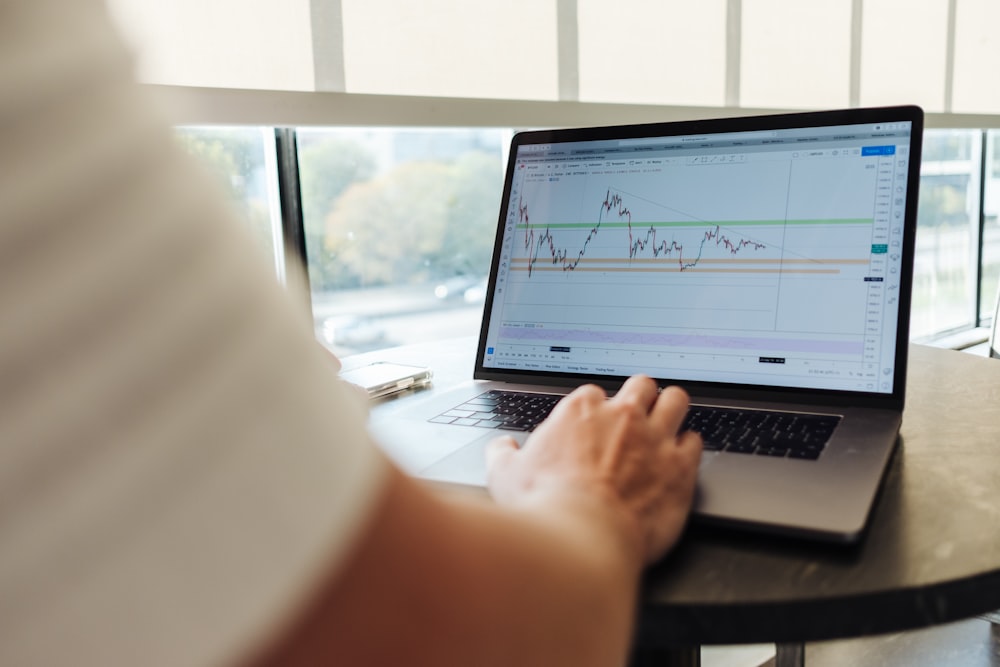Tariff Trauma Engulfs Global Markets
Image Source: Unsplash
Equity markets took another beating last week as tariff angst gripped traders and sticky U.S. inflation poured cold water on any near-term Fed pivot hopes. The bulls have left the building—for now.
The spark? President Trump’s Executive Order slapping an additional 25% tariff on all cars, light trucks, and select auto parts imported into the U.S., effective April 3. That’s a body blow to the global auto industry—and it’s just the appetizer. Markets are now bracing for the main course: Trump’s “Reciprocal Tariff D-Day” on April 2. The problem? You can’t hedge what you can’t define. The tariff rubric is still a black box, and that leaves traders in the dark, defaulting to the old market maxim: when in doubt, get out. Anyone who cut risk 9% ago is feeling vindicated.
But one thing’s crystal clear: countries running yawning trade deficits with the U.S. are painted squarely in the crosshairs. Call it a “deficit-adjusted tariff regime”—and Asia is ground zero.
Of the 21 countries under the USTR’s microscope, nine hail from the Asia-Pacific region. That’s where we expect the sharpest FX repricing and, frankly, a boatload of economic angst in the weeks ahead. When the reciprocal tariff shotgun gets pulled on April 2, look for currencies like KRW, TWD, and MYR to take the first punches. This isn’t a drill—it’s a regime shift.
Predictably, stocks slipped again in early Asia trading Monday as nerves fray ahead of a fresh volley of trade measures.
Crude oil ticked higher after Trump floated “secondary” sanctions on Russian oil, though some of that may already be in motion—Chinese teapots are said to be backing away from Russian barrels, and India reportedly turned away a Russian tanker last week. Looks like backchannel horse-trading is underway, possibly to pressure Moscow toward a broader peace framework.
Smart money? Sitting on the porch with a cup of caution, waiting for clarity. And make no mistake—the real story will be in the second-order effects. So far, hard U.S. data has held up better than feared, even as soft survey data has wobbled. But that can flip fast once sticker shock kicks in. Think autos. Think tariffs being passed through. Think wallets slamming shut.
This isn’t just about trade—it’s about consumer behaviour, capex hesitation, and inflation stickiness all colliding at once.
More By This Author:
Tariff Tantrums And Inflation Gut Punches Mark Wall Street’s Week From Hell
Through The Tariff Looking Glass: Inflation, Stagflation, And Identity Crisis
Tariff Tantrum: Trump’s Auto Salvo Shatters Market Calm In A Risk-Off Rout




